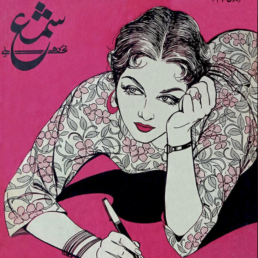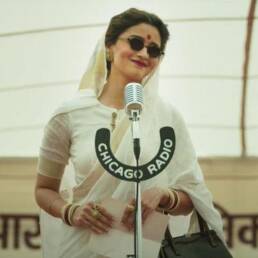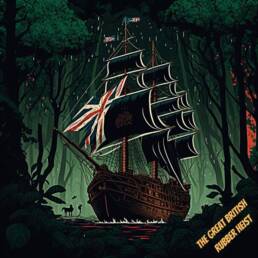As a large part of India worships Goddess Lakshmi on the festival of Diwali, we recount the astonishing story of how Lakshmi inspired the most well known cosmetic brand of India.
The story begins in India in the 1950s, a nascent democracy that was unavoidably going through growth pains. Reportedly, the Nehru administration had realised that Indian women were spending a lot of money on imported cosmetics.
According to M.O. Mathai’s acclaimed book “My days with Nehru,” Indian urban women were furious when the Union Finance Minister halted all imports of foreign cosmetics due to a lack of foreign currency. Telegrams and letters poured into the PM’s office.
Nehru sought to correct the situation by asking JRD Tata to create a Swadeshi beauty product to rival the international brands. In addition to being able to draw in the urban middle class, they sought a name that exudes the very best of Indian culture.
Surprisingly, a French opera provided the necessary inspiration. This opera took viewers to British India in the late 19th century unfolding a dramatic and tragic love story between an Indian Brahmin girl and a British soldier.
It was first performed in 1883 at the Opéra-Comique in Paris and was titled Lakmé. It was created by French Romantic composer Léo Delibes and was based on short stories by Théodore Pavie and the novel Le Mariage de Loti by Pierre Loti.
The story unfolds at the covert shelter of the Brahmin priest Nilakantha, who has been forbidden by the British to practice his religion. When his daughter Lakmé & her friend Mallika went to gather flowers, a British group innocently broke into the secret refuge.
One of them was Gérald, a young army officer who was enchanted by Lakmé’s charm and beauty. Romance started brewing but when Gérald returned to meet Lakmé during the Durga Puja procession, he was stabbed by her father.
Lakmé saved and cured the wounded soldier and deeply fell in love with him. But eventually Gérald returned to the path of duty and sacrificed his love for the Indian girl.
The heartbroken Lakmé committed suicide at the end of the play taking the poisonous leaves of Datura flower. If you are wondering what Lakmé exactly stands for, it is the French rendition of the Sanskrit name for goddess Lakshmi.
One cannot miss the scintillating ‘Flower Duet’ from Lakmé. In recent years, the Flower Duet has become widely popular due to its use in advertisements, ringtones, elevators or in shopping malls; in particular the British Airways “face” advertisements of the 1980s had reached cult status.
It was a time when Paris was engrossed with Oriental romance, fashion and exoticism. Paris saw the release of many operas with an Oriental flavour. Les Babouches du Brahmane, from which Delibes adapted the opera Lakmé, was one of the materials and folktales that Theodor Pavie brought back from India.
The Indian epic, the Mahabharata, was translated by Pavie from Sanskrit text. From 1852 until 1857, he even instructed in Sanskrit at the College de France. The Opera had several Indian anecdotes including a musical piece Candida Durga to celebrate the festivity.
As per Nina Kullrich’s book ‘Skin Color Politics’, Tata sent a delegation to Paris to gain some expertise in cosmetics from perfume producer Renoir and during the process they received the idea of the name Lakmé inspired from the said opera staged in Paris that time.
Tata named their brand after the Hindu girl from this 19th-century French opera – Lakmé, which is also a manifestation of Goddess Lakshmi, the goddess of wealth – symbolising its role in fortifying the Indian economy.
Lakmé as we all know today went on to become one of the most trusted Indian brands known internationally.
Source: Nina Kullrich, Skin Colour Politics Whiteness and Beauty in India ( JB Metzler),
M.O.Mathai, My Days with Nehru (Vikas Publishing),
Programme for LAKME Presented at the Gaiety Theatre Dublin (DGOS Opera Ireland Winter Season). Valeria Wenderoth, THE MAKING OF EXOTICISM IN FRENCH OPERAS OF THE 1890S (THE UNIVERSITY OF HAWAII)




